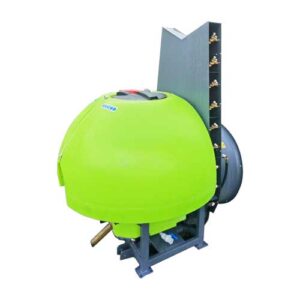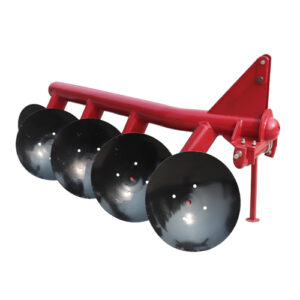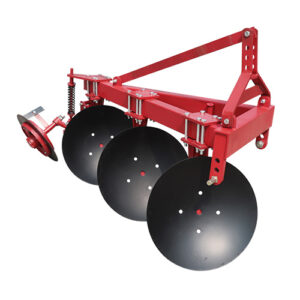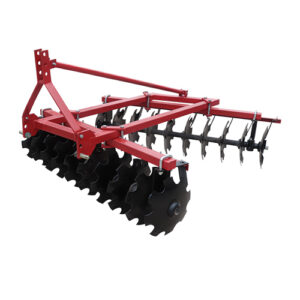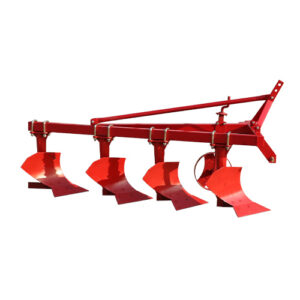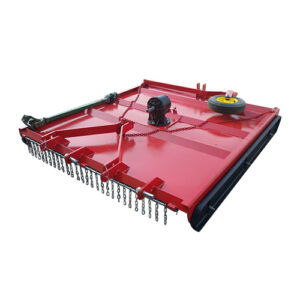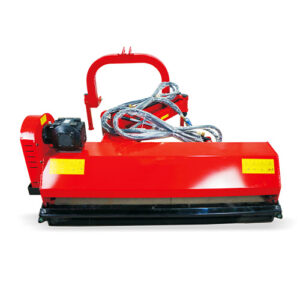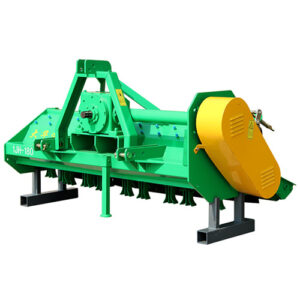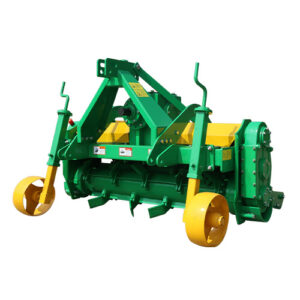Welcome to My Blog!
Before we dive into the content, I’d love for you to join me on my social media platforms where I share more insights, engage with the community, and post updates. Here’s how you can connect with me:
Facebook:https://www.facebook.com/profile.php?id=100092064188332
LinkedIn:https://www.linkedin.com/showcase/99315626/admin/dashboard/
YouTube:https:/www.youtube.com/@user-uy6lq2nu1z
Now, let’s get started on our journey together. I hope you find the content here insightful, engaging, and valuable.
Introduction
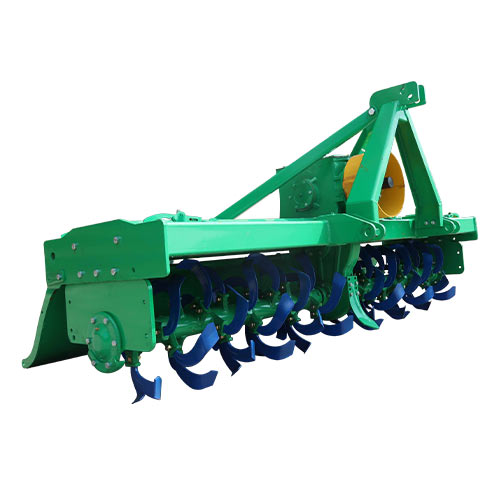
A good rotary tiller can save time and effort, improve soil health, and increase the yield of your small farm. With a wide range of models available on the market, each with its own set of features and capabilities, knowing how to choose the best rotary tiller is crucial. This guide will walk you through the process of choosing the best rotary tiller to meet your agricultural needs.
Understanding Rotary Tillers
Before diving into the selection process, it’s important to understand what rotary tillers are and how they work.
What Are Rotary Tillers?
Rotary tillers, also known as garden tillers or cultivators, are power-driven machines used to loosen and aerate soil, making it easier to work with. They are equipped with rotating tines that break up the soil, bury debris, and incorporate amendments.
How Do Rotary Tillers Work?
Rotary tillers operate by using a series of horizontal blades mounted on a rotating shaft. As the tiller is pulled or pushed, the blades slice through the soil, breaking it up and mixing in organic matter. This process helps to improve soil structure, aeration, and water retention.
Factors to Consider When Choosing a Rotary Tiller
Selecting the right rotary tiller involves evaluating several key factors that will impact your tilling efficiency and effectiveness.
Tilling Width and Depth
The tilling width and depth are critical factors to consider. A wider tilling width can cover more ground in a single pass, while greater depth allows for deeper soil penetration, which can be beneficial for certain crops or soil conditions.
Engine Power
The power of the engine determines the tiller’s ability to handle tough soil conditions. More powerful engines can tackle harder, denser soils, while less powerful engines may be more suitable for lighter, well-prepared soils.
Maneuverability
A tiller with good maneuverability is easier to control and can navigate tight spaces and around obstacles more effectively. This factor is particularly important for small farms with limited space.
Weight and Portability
The weight of the rotary tiller affects its portability and ease of use. Lighter tillers are easier to move around but may lack the power needed for heavy-duty tasks, while heavier tillers offer more power but can be more challenging to transport.
Additional Features
Many rotary tillers come with additional features such as variable speed control, reverse gear, and tilling depth adjustment. These features can enhance the tiller’s versatility and ease of use.
Applications of Rotary Tillers on Small Farms
Rotary tillers are used in a variety of applications on small farms, from soil preparation to weed control.
Soil Preparation
Rotary tillers are essential for preparing soil for planting by breaking up compacted soil and incorporating organic matter, creating a fertile environment for seeds to grow.
Weed Control
Tillers can be used to control weeds by burying them under the soil, depriving them of sunlight and nutrients, or by uprooting them directly.
Bed Turning
In raised bed gardens, rotary tillers can be used to turn over old soil and mix in new amendments, ensuring a fresh start for each planting season.
A Comparative Analysis of Rotary Tiller Features
To help you make an informed decision, here’s a comparative analysis of different features commonly found in rotary tillers:
Rotary Tiller Feature Comparison Table
| Feature | Description | Importance for Small Farms |
|---|---|---|
| Tilling Width (inches) | The width of the tilling path. | A wider width can reduce the number of passes needed to cover a given area. |
| Tilling Depth (inches) | The maximum depth the tiller can dig. | Deeper tilling can help aerate the soil and bury debris more effectively. |
| Engine Power (cc) | The capacity of the engine in cubic centimeters. | More powerful engines can handle tougher soil conditions and larger areas. |
| Maneuverability | The ease with which the tiller can be steered and controlled. | Good maneuverability is crucial for working in small spaces and around obstacles. |
| Weight (lbs) | The total weight of the tiller. | Lighter tillers are easier to move but may lack power, while heavier tillers offer more power but are harder to transport. |
| Additional Features | Includes features like variable speed control, reverse gear, and depth adjustment. | These features can enhance the tiller’s versatility and ease of use. |
This table provides a snapshot of the different features to consider when choosing a rotary tiller, allowing you to compare and contrast the options that matter most for your operation.
Making the Right Choice
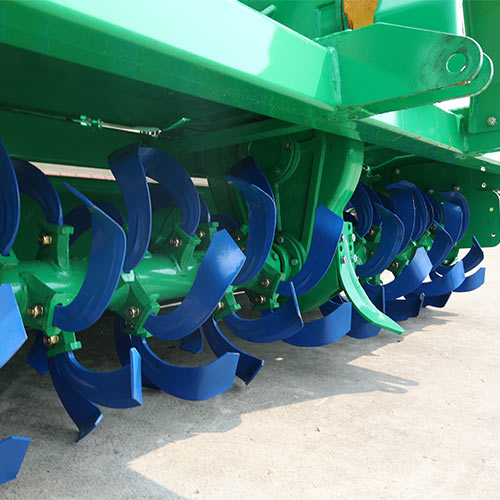
When selecting a rotary tiller, consider how the machine will be used, the type of soil you have, and any additional features that will enhance your tilling experience.
Soil Type and Conditions
Different soil types require different tilling approaches. Clay soils, for example, may require a tiller with more power to break up compacted areas, while sandy soils may need a lighter touch to avoid excessive disturbance.
Area to be Tilled
The size of the area you plan to till will influence the size and power of the tiller you need. Larger areas may require a more powerful tiller with a wider tilling width to cover ground quickly, while smaller areas may be managed with a smaller, more maneuverable machine.
Budget and Maintenance
Consider your budget when choosing a rotary tiller. More expensive models often come with additional features and higher power, but they may also require more maintenance. Determine what you can afford and what features are worth the investment for your specific needs.
Operator Comfort and Safety
Operator comfort and safety should not be overlooked. Look for tillers with ergonomic handles, low vibration, and safety features such as blade guards to ensure a comfortable and safe tilling experience.
Conclusion
Choosing the best rotary tiller for your small farm involves a careful assessment of your tilling needs, soil conditions, and budget. By considering factors such as tilling width, engine power, maneuverability, and additional features, you can select a rotary tiller that will enhance your farming efficiency and soil health. Whether you’re preparing soil for planting, controlling weeds, or turning garden beds, the right rotary tiller can make a significant difference in the productivity and success of your small farm.
FAQ
What features should I look for in the best rotary tiller?
When searching for the best rotary tiller, consider features like adjustable tilling width, horsepower, ease of operation, and durability of construction. A good tiller should also have reliable safety features to ensure safe operation.
How do I determine the best rotary tiller for my small farm?
To determine the best rotary tiller for your small farm, assess the size of your farm, the type of soil you have, and how frequently you plan to use the tiller. Matching the tiller type to your specific needs is crucial for effective soil preparation.
Are front-tine tillers considered the best rotary tiller for beginners?
Yes, front-tine tillers are often recommended as the best rotary tiller for beginners. They are typically lighter, easier to maneuver, and more affordable, making them ideal for those new to gardening or farming.
What is the average price range for the best rotary tiller?
The average price range for the best rotary tiller varies widely based on features and brand. Generally, you can expect to pay between $400 and $1,300, depending on the type and specifications of the tiller.
How often should I use the best rotary tiller for effective soil management?
For effective soil management, the best rotary tiller should be used at least once a season to prepare the soil for planting. However, more frequent use may be necessary for larger farms or specific soil conditions to maintain optimal soil health.


